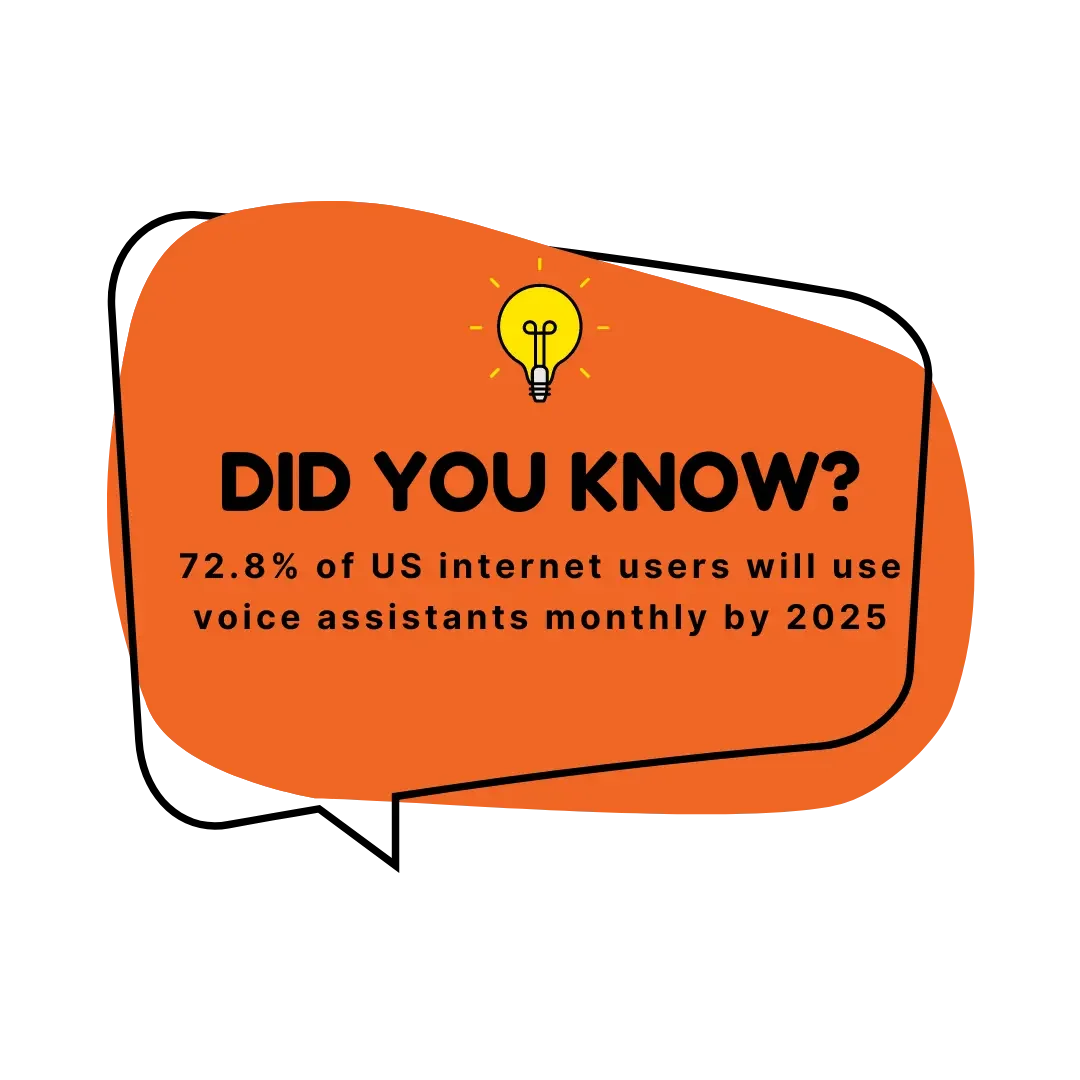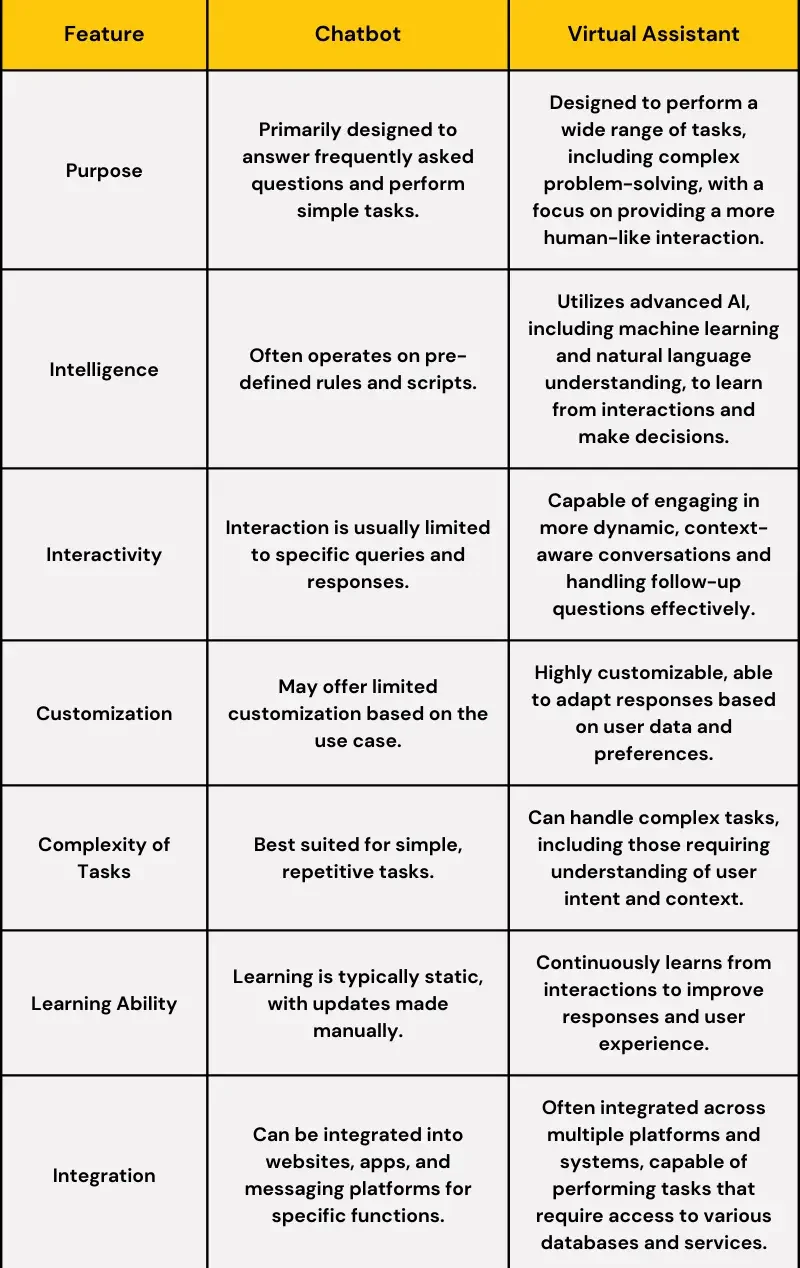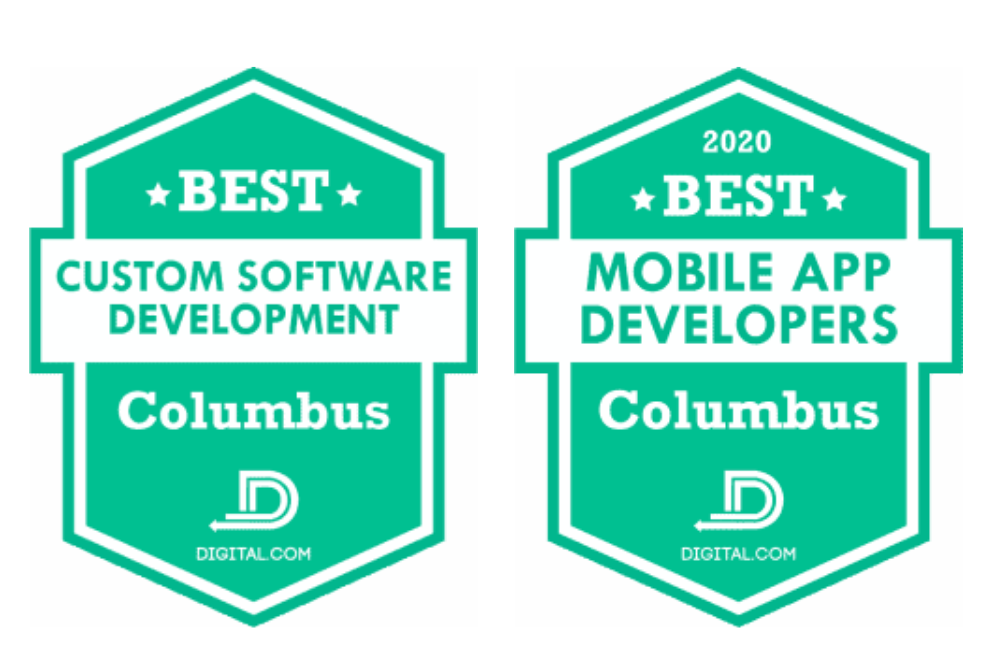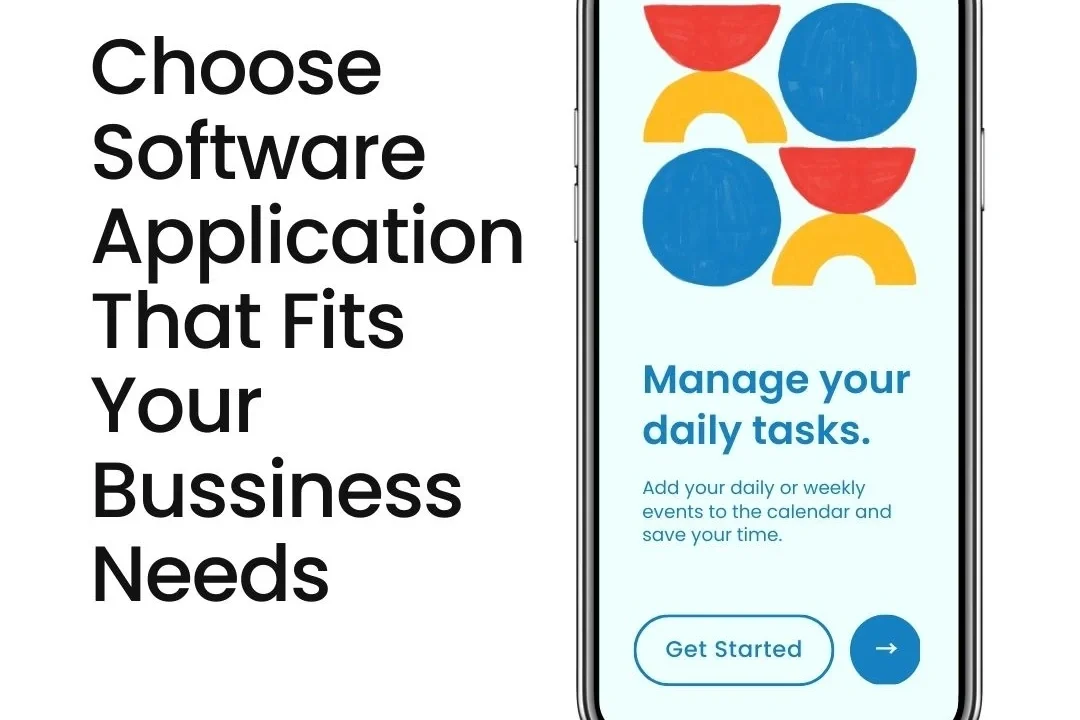This already fast-moving world is getting faster and faster with new Chatbots and Assistants. No organization wants to deal with slow and repetitive tasks and so comes the creation of bots, AI agents and virtual assistants. Wherever you look, whether you open a website or an app, you will find bots have taken over dealing with small and basic questions. Every company has realized that if they want a competitive edge, then it is important to stay up to date with the latest technologies.
Chatbot Assistants have become the go-to solution for every manager for better customer experience, report generation and generating any other information. This has helped them enhance their efficiency and accuracy as compared to humans and helped in looking for cost-cutting solutions.
This blog showcases a basic understanding of different Chatbot Assistants: Bots, Virtual Assistants, and AI Agents; and how they can be utilized in different areas of your business.
Understanding the Chatbot Assistants
There is no lie in the fact that all these artificial intelligence bots and agents overlap one another in one way or other. Thus, it becomes a difficult task to understand them and differentiate between them. These applications may be different in their training needs or working.
Let’s understand each and every system in detail to know more about them and their application.

• Bots
Bots have become an integral component of everyone’s day-to-day lives. They have automated communication, streamlined interactions and enhanced user experiences across various domains. Chatbots, a prevalent form of bots, operate on predefined intent categories to understand the user input, search for a suitable response and deliver it.
In the area of customer care communications, IT Helpdesk chatbots stand out—they address queries with predetermined inputs without the need for learning or remembering past interactions. These bots are particularly useful for handling simple FAQs, providing an efficient and cost-effective solution for automating tasks. This helps in avoiding unnecessary investment in costly assistants when it’s not required.
It’s worth noting that these bots can be upgraded with AI when necessary. Incorporating Natural Language Processing (NLP), AI chatbots become capable of interpreting and understanding user queries, making conversations more dynamic and user-friendly. Notable examples include Amazon Lex and Google Dialog Flow.
• AI Virtual Assistants
AI virtual assistants operate as continuous learning systems, functioning 24/7 without breaks. They derive insights from live interactions with end-users and analyze conversations between customers and human agents. During periods of inactivity, virtual assistants engage in learning by examining successfully resolved tickets.
Utilizing Natural Language Processing (NLP), these assistants accurately interpret user input and employ machine learning and deep learning algorithms to generate responses or perform specific tasks. Their autonomous understanding capability not only minimizes errors but also liberates humans from repetitive tasks, enabling focus on more critical responsibilities.
Specifically crafted to assist users by executing tasks, answering queries, and providing information, virtual assistants prioritize user support and interaction in a conversational manner. Their ubiquitous presence is evident in smart devices like speakers, TVs, and fridges, streamlining daily tasks through simple commands or scheduled automation. Examples of Virtual Assistants include Alexa, Ok Google, Siri, Bixby, etc.
While a virtual assistant can be considered a type of AI agent, not all AI agents are virtual assistants.
• AI Agent
An AI agent is a system or software utilizing artificial intelligence to autonomously perform tasks, make decisions, or solve problems with minimal human intervention. These agents possess the ability to learn from data, adapt to new situations, and execute a diverse range of tasks based on their programming and employed AI technologies, such as machine learning, natural language processing, and computer vision.
This term encompasses any system or program designed to act intelligently in its environment to achieve specific goals. AI agents vary widely in complexity and purpose, extending beyond tasks related to assisting users. They can function as autonomous entities, engaging in decision-making, problem-solving, and interactions with their surroundings.
AI agents are not restricted to a single model; they can work simultaneously on numerous models. For instance, ChatGPT by OpenAI works and Google Bard operate on Gemini AI.
• Copilot
Microsoft Copilot is a unique AI agent that blends features of a chatbot and virtual assistant, offering diverse services from drafting emails to complex data analyses. This innovation enhances user experiences within Microsoft’s ecosystem, providing an integrated, intelligent interface.
Copilot operates as a chatbot and extension, seamlessly integrating with Microsoft services like Office 365, Power Platform, Azure and more. Its capabilities can be extended through custom-built extensions to meet specific needs. Copilot Studio, formerly known as Power Virtual Agent, simplifies chatbot creation, integrating with applications such as Teams, web browsers, Android apps, and Outlook.
For instance, in Word, it can draft detailed report outlines by tapping into stored documents and public data, while in Excel, it can analyze data and suggest visualizations for clearer insights. Power Automate benefits from Copilot’s ability to automate data collection, streamlining the process with automatic updates and notifications. Through Power Apps, Copilot aids in creating project tracking apps by recommending design templates and ensuring data integration with SharePoint or Dataverse.
Additionally, in Power Virtual Agents, it designs dialogue flows for virtual assistants to access databases. Copilot extends its utility in Microsoft Teams, summarizing meetings and scheduling follow-ups in Outlook, revolutionizing productivity by embedding advanced AI across Microsoft’s suite of applications for enhanced decision-making, creativity, and efficiency in a unified, intelligent workspace.
Machine Learning Models
Generative AI models like GPT-4 use their vast training data to generate new content in real time, without adhering to a fixed script that generates word after word by calculating the probability of the next word.
For example, GPT is a Large Language Mode (LLM) which performs a wide range of language tasks, from writing essays to coding, without task-specific training. Another noteworthy model, Dall-E, possesses the unique capability to generate imaginative visuals, including fictional animals, objects in specified styles, and scenes blending diverse concepts creatively.
In the context of artificial intelligence and machine learning, a “model” denotes a mathematical representation of a real-world process, system, or relationship. These models, crafted and trained using data, are designed to make predictions, decisions, or perform tasks without explicit programming for those functions.
The effectiveness of these models depends on the quality of the training data, the type of learning methods they use, and how they’re set up for specific jobs. Training and making predictions involve some complex steps.
Industrial Uses
• Bots in Healthcare
ZinniaX has crafted an advanced Healthcare bot, well-versed in all the necessary data to address healthcare-related queries and provide assistance with basic inquiries, such as guiding users on downloading the bot or accessing specific reports. Beyond this, the healthcare bot offers valuable insights into how the chat app can enhance user experiences and provides guidance on additional features, such as setting up 2-Factor Authentication in ZinniaX. Moreover, the healthcare bot goes the extra mile by assisting users with personalized health-related information, appointment scheduling, medication reminders, and offering support for wellness programs.
• Virtual Assistant in Real Estate
The Residential Real Estate Council, with 33,000 members, wanted an easy way for people to find real estate agents. They teamed up with Sunflower Lab to create the “Find a CRS” project, using Alexa to make searching for real estate agents super simple with just your voice. This not only helps agents get noticed but also connects them with people looking for homes. Now, finding the perfect agent is as easy as talking to Alexa.
• AI Agent in Retail
In retail management, AI agents act as essential decision support tools, offering real-time insights through comprehensive data analysis. Tailored for retail CEOs or CTOs, these agents provide timely reports on ongoing activities, issues, and future plans across all company branches. Beyond reporting, they excel in analyzing process data, suggesting improvements to enhance efficiency and reduce costs. In the retail sector, AI agents are essential for strategic decision-making and streamlined business operations.
• Copilot in Healthcare
Microsoft 365 CoPilot utilizes advanced artificial intelligence, incorporating natural language processing and machine learning algorithms, to revolutionize healthcare processes. In patient data management, it efficiently organizes and analyzes data, facilitating swift diagnoses and personalized treatment plans. The AI-driven appointment scheduling optimizes healthcare provider schedules intelligently, coupled with automated reminders for enhanced operational efficiency. Moreover, in medical research and data analysis, CoPilot 365 delves into extensive datasets, uncovering trends and insights to contribute significantly to the evolution of patient care, treatment strategies, and broader advancements in healthcare practices.
• Model in Email Monitoring
Emails are essential for communication but are vulnerable to cyber threats like phishing attacks. Machine learning, particularly in email monitoring, is crucial for real-time threat detection. ML techniques, including Natural Language Processing and anomaly detection can be used to prevent phishing attacks, information breaches, and malware incidents. Industries with critical data security needs, like finance or healthcare, benefit significantly from ML-based email monitoring models in preventing cyber threats.
Difference Between Virtual Assistants & Chatbots?

Talk to Us!
Let’s Automate Your Business Workflows Together!
What do you gain?
1. Scalability and Futureproofing
Organizations should select chatbot solutions capable of scaling as business needs grow, ensuring they can handle an increasing volume of interactions and complexity. It’s crucial to choose platforms adaptable to emerging technologies, keeping the solution relevant and effective over time.
2. User Experience and Feedback
A successful chatbot implementation prioritizes a seamless and intuitive user experience, designed with easy navigation and accurate responses. Collecting and leveraging user feedback is essential for continuous improvement, refining the chatbot’s functionality and enhancing user satisfaction.
3. Security and Compliance
Chatbot solutions adhere to strict data security protocols, protecting user information against breaches and unauthorized access. Ensuring compliance with industry-specific regulations, such as GDPR for data privacy, is critical for maintaining user trust and meeting legal requirements.
4. Cost Considerations
Evaluating the cost-effectiveness of chatbot solutions involves assessing the total cost of ownership, including development, maintenance, and operational costs. Calculating the potential return on investment (ROI) helps justify the expenditure by considering the benefits, such as reduced labor costs and improved customer satisfaction.
5. Making the Decision
Creating a decision matrix based on business priorities allows for an objective evaluation of chatbot solutions across various factors, such as functionality, cost, and user experience. The final selection should align with the organization’s current and future needs, ensuring the chosen solution delivers the desired benefits and supports business growth effectively.
Challenges and Considerations in AI Implementation
Implementing AI, particularly in choosing the right assistant for your business, involves navigating a series of challenges and considerations to ensure that the technology aligns with your business objectives, enhances operational efficiency, and provides a positive return on investment. The AI assistant must align with specific business goals, whether improving customer service, increasing sales, or automating tasks.
Here are key challenges and considerations to keep in mind:
1. Integration with Existing Systems
Seamless integration with current business systems and workflows is crucial to leverage existing data and infrastructure but compatibility issues may arise, requiring significant adjustments or updates to current systems.
2. User Adoption and Experience
It is important to ensure that the AI assistant is user-friendly and meets the needs of both employees and customers to drive adoption because users are accustomed to traditional processes and it becomes very hard to switch to modern pratices.
3. Data Privacy and Security
Ensuring compliance with evolving data protection regulations and defending against cybersecurity threats in a sophisticated landscape becomes an ongoing challenge for organizations.
4. Scalability
Predicting future needs and ensuring the selected AI assistant can adapt to or upgrade for growing volumes of interactions and data presents an ongoing challenge.
5. Cost and ROI Challenge
Justifying the investment in AI technology, particularly for small businesses or those with limited budgets, becomes a critical aspect of the decision-making process.
6. Technical Support and Maintenance
Dependence on external vendors for updates and troubleshooting poses a potential challenge, impacting operational continuity and responsiveness.
7. Ethical Considerations and Bias
Identifying and correcting biases in training data and algorithms require continuous monitoring and adjustment to ensure fair treatment and decisions.
8. Customization and Flexibility
Finding a balance between off-the-shelf solutions and highly customized implementations becomes crucial, varying significantly in cost and complexity based on specific business needs and customer preferences.
Conclusion
Understanding AI can feel like decoding a complex puzzle with bots, virtual assistants, AI agents, and machine learning models. Bots are handy for simple tasks, while virtual assistants learn non-stop, helping us with more complex stuff. AI agents, like ChatGPT, are smart and versatile. Microsoft Copilot is like a super-assistant, making work easier across Microsoft’s tools. Models like GPT-4 and DALL-E create content and visuals magically.
Still confused about what you are looking for your business? Sunflower Lab can help you to choose the exact Assistant for all your AI automation needs. Contact Us today and our team would be happy to discuss with you further.
AI assistants can be valuable across various parts of businesses in industries like clinicians with data analysis and patient interactions in healthcare, AI agents can optimize the production processes and streamline supply chain management, reducing downtime in manufacturing, Chatbots and virtual assistants can handle customer queries, provide 24/7 product recommendations, and assist in the purchase process in e-commerce, providing efficiency, automation, and improved decision-making.
Our Automation Solutions
Drive Success with Our Tech Expertise
Unlock the potential of your business with our range of tech solutions. From RPA to data analytics and AI/ML services, we offer tailored expertise to drive success. Explore innovation, optimize efficiency, and shape the future of your business. Connect with us today and take the first step towards transformative growth.
You might also like
Stay ahead in tech with Sunflower Lab’s curated blogs, sorted by technology type. From AI to Digital Products, explore cutting-edge developments in our insightful, categorized collection. Dive in and stay informed about the ever-evolving digital landscape with Sunflower Lab.






